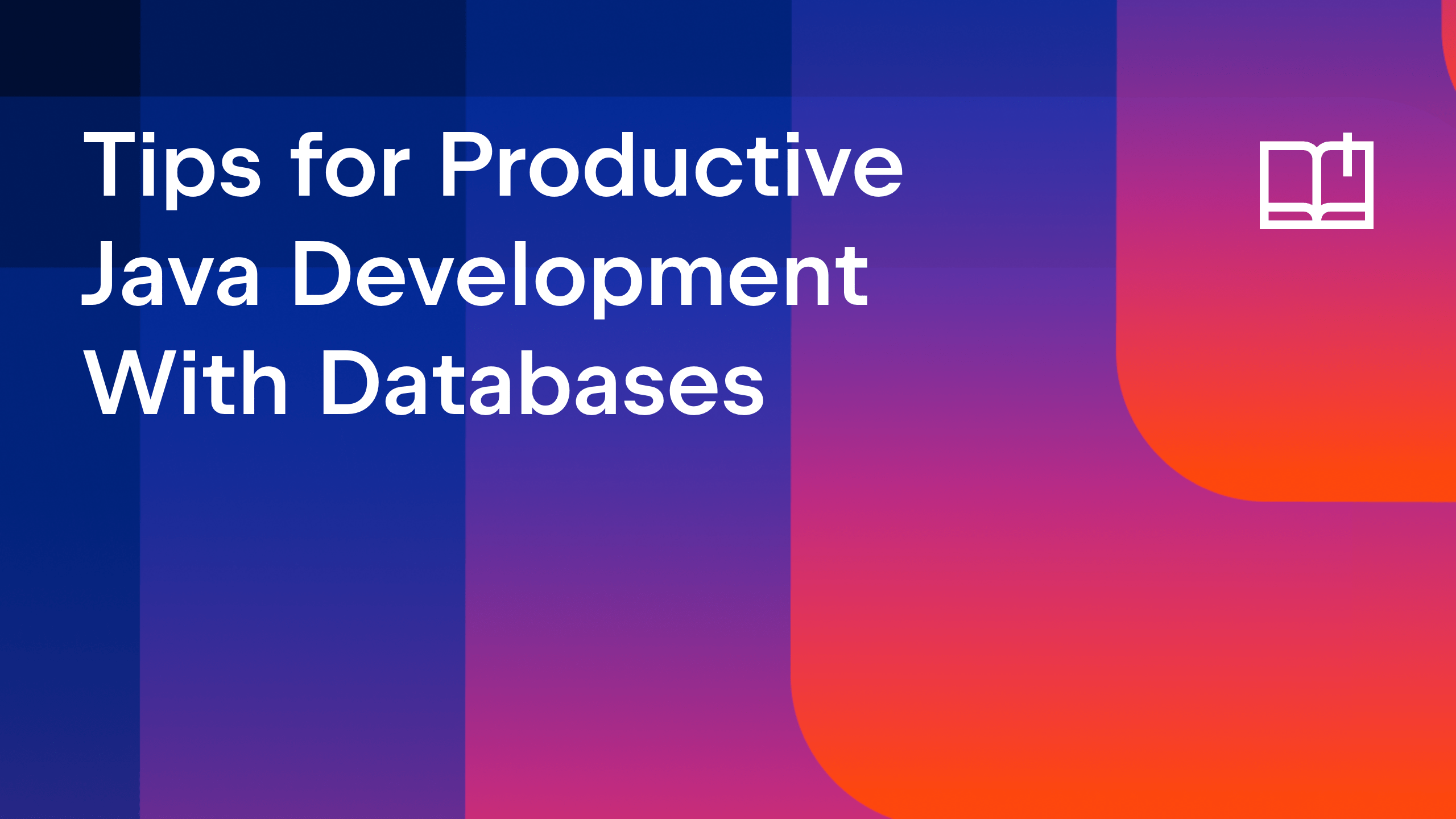IntelliJ IDEA
IntelliJ IDEA – the Leading IDE for Professional Development in Java and Kotlin
Analyzing external stack traces
As a developer, you certainly get exceptions from users or QA engineers. And unlike the exceptions that you get in the debug mode, they don’t have those nice links that help you to navigate to source. If your source code is scrambled, the things get even more complicated.
Now imagine that you can simply copy an exception to your IDE and then navigate to source from the console. How much time will it save?
To save your time and make bug fixing a little less boring, IntelliJ IDEA developed the Stack Trace Analyzer. It works exactly as described above. Just click Analyze Stacktrace under the Analyze menu, and copy your stack trace in the dialog box. If your bug tracker or mail client corrupts stack traces (cut or wrap lines, etc.), simply click Normalize.

IntelliJ IDEA can unscramble the stack trace. By default, it supports only Zelix KlassMaster, but others can be added by plugins (for example, ProGuard plugin). You only need to select your unscramble tool and specify the location of log file.
Click OK, and voila – you get the stack trace in the console and the navigation to source is available.

Got interested? Read more about IntelliJ IDEA’s debugger and stack trace navigation.
Note This tip was originally posted at www.javalobby.org.
Subscribe to IntelliJ IDEA Blog updates








